- Tags:
- cathedral / Church / Japanese architecture / Kenzo Tange / St. Mary's Cathedral
Related Article
-
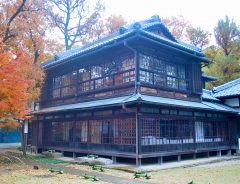
The Edo-Tokyo Open-Air Architectural Museum
-
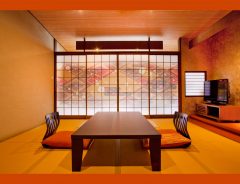
Japanese sliding doors given new decorative possibilities with Designers Shojigami YUMEARI
-
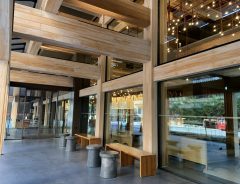
New Sights on the Horizon: Interview with Kengo Kuma
-
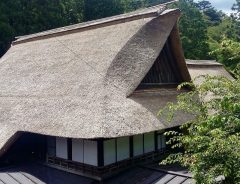
Thatch: humble yet elegant roofing material in search of a new lease of life
-

Little Maestro Girl Conducting Church Choir Is The Next Mozart
-

LoveLive! Sunshine!! and Numazu: Voices from a Japanese city with a sunny anime success story
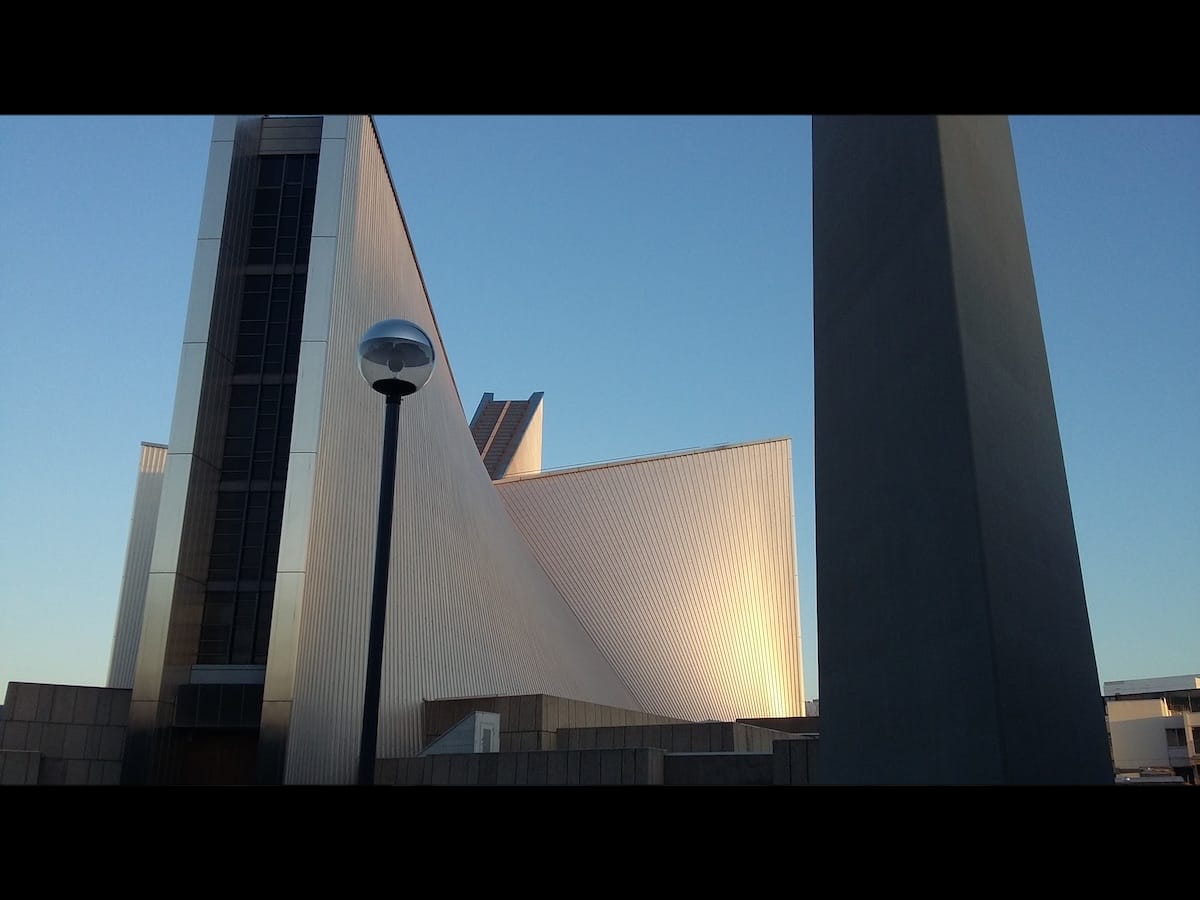


St. Mary’s cathedral is one of the most interesting pieces of architecture in Tokyo. The seat of Tokyo's Roman Catholic Archdiocese, the cathedral was designed by the renowned architect Kenzo Tange and is considered one of the most important of his works. Tange liked it so much that he asked that his funeral be held there.
Tange worked on St. Mary’s between 1960 and 1964, assisted by acoustic and structural engineers from the University of Tokyo. The end result is an extraordinary building: a bold, modernist structure, made up of eight enormous curved concrete walls, or hyperbolic parabolas, which form a large cross where they meet at the roof. The eight walls enclose the space, which only opens to the outside world through four tall vertical windows.
Photo by George Lloyd
Kenzo Tange was known for artfully mixing modernist and traditional Japanese styles, both of which tend to eschew fussy details for simple, bold forms and harmonious compositions. He visited several medieval German cathedrals before producing his design. “After experiencing their heaven-aspiring grandeur and ineffably mystical spaces,” he said later, “I began to imagine new spaces, and wanted to create them by means of modern technology.” This is just what he did; his soaring concrete cathedral is dramatically modern, yet recognisably medieval in inspiration.
Photo by George Lloyd
Look at St. Marys from the outside, and you’re struck by the bright, polished stain steel cladding on the building’s exterior, but as soon as you go inside, the atmosphere is altogether different. The interior is dark, imposing, cool and austere. The walls are of concrete, but they’re rough, in contrast to the smooth steel plates outside. The interior is also very big: it has seating for 600 and standing room for another 2000. It also has Japan’s largest pipe organ, which was made in Italy by Mascioni. It was especially designed to suit the space and installed in 2004. Sometimes classical music and choir concerts are held at St. Marys as the acoustics are incredible.
Photo by George Lloyd
Kenzo Tange was commissioned to build a new cathedral because the old one was destroyed by Allied bombs during the air raids of 1945. The original church was a wooden structure in the Gothic style, built in 1899 as a chapel by the students of the French missionaries’ seminary. It became the cathedral church of the Archbishopric of Tokyo in 1920. At that time, it had a tatami floor and people used to take off their shoes before they came in, but in the late ‘20s the tatami mats were taken up and the floorspace was filled with chairs.
Photo by George Lloyd
St. Marys cathedral is at 3-16-15 Sekiguchi, Bunkyo City, Tokyo. Mass is held in Japanese Monday through Friday at 7am, Saturdays at 6pm, and Sundays at 8am, 10am and 12pm.
For details of services and concerts, see the cathedral website.
Please note that public masses have been suspended for the time being to prevent the spread of the novel coronavirus.